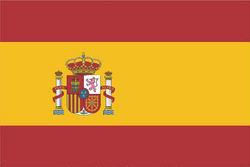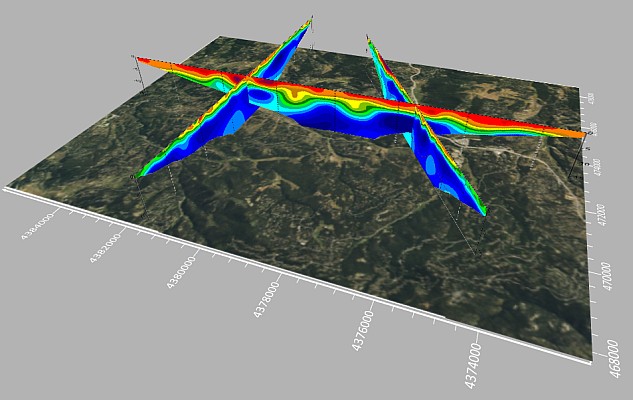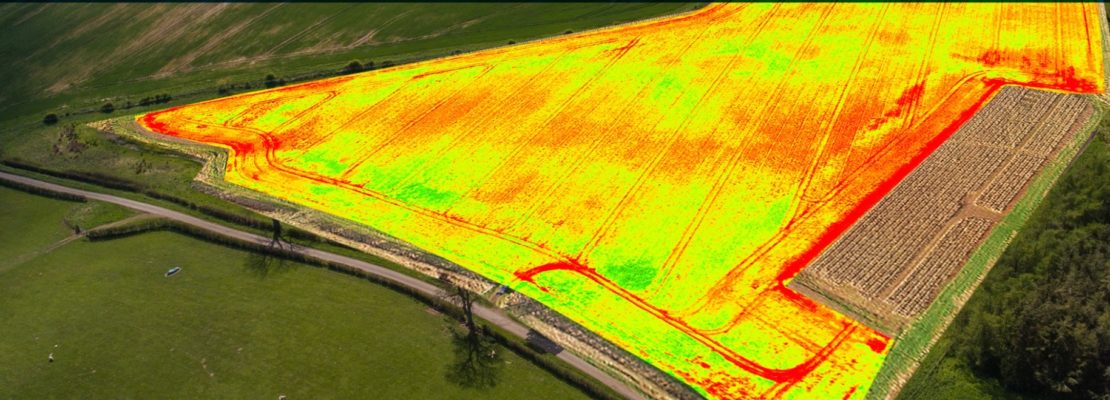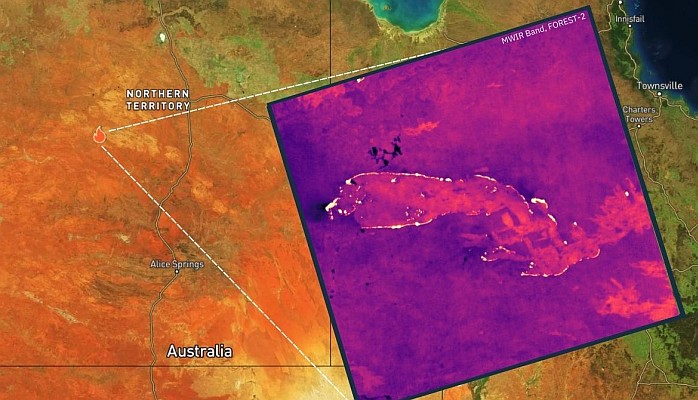The Open Geospatial Consortium (OGC) membership has approved the OGC IndoorGML Encoding Standard. This OGC standard specifies an open abstract data model and XML schema for indoor spatial information. The driving requirement for IndoorGML is navigation.
IndoorGML provides a coherent, technology-neutral description of a building’s navigable spaces that can be used by any number of navigation app developers and platform providers. Because IndoorGML is an application schema of the OGC Geography Markup Language (GML) Encoding Standard, it enables easy integration of indoor navigation and outdoor navigation systems. IndoorGML’s developers anticipate that this will benefit emergency responders, shoppers, airport visitors and many others.
Industry already uses several open 3D building modeling standards such as OGC City Geography Markup Language (CityGML) Encoding Standard, OGC KML (a geographic visualization language), and buildingSMART’s Industry Foundation Classes (IFC). These deal with exterior surfaces and they deal with interior spaces of buildings from geometric, cartographic, and semantic viewpoints. IndoorGML focuses specifically on modeling indoor spaces from a navigation viewpoint.
Instead of focusing on building components such as roofs and walls, IndoorGML provides a framework to represent contained spaces (such as rooms and corridors) as cells. Connections between spaces and constraints on movement between spaces (such as doors) are represented as relationships between cells. The OGC IndoorGML standard defines the following information about indoor space:
- Navigation context and constraints
- Space subdivisions and types of connectivity between spaces
- Geometric and semantic properties of spaces and connectivity
- Navigation networks (logical and metric) and their relationships
IndoorGML provides an open standard that supports easy discovery, assessment, access and use of data for applications that enable, for example, indoor location-based services, indoor route analysis, indoor geo-tagging services, indoor asset management, and emergency control in indoor space. Requirements for other types of applications including indoor facility management, indoor robot maps, and indoor positioning may be addressed in the next version of IndoorGML.
IndoorGML can be used to integrate data from many different indoor location determination technologies.
This new standard is free and may be downloaded from: http://www.opengeospatial.org/standards/indoorgml.
The OGC® is an international consortium of more than 500 companies, government agencies, research organizations, and universities participating in a consensus process to develop publicly available geospatial standards. OGC standards support interoperable solutions that “geo-enable” the Web, wireless and location-based services, and mainstream IT. Visit the OGC website at http://www.opengeospatial.org/.









